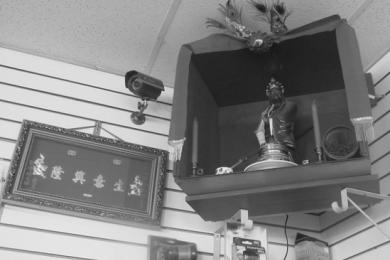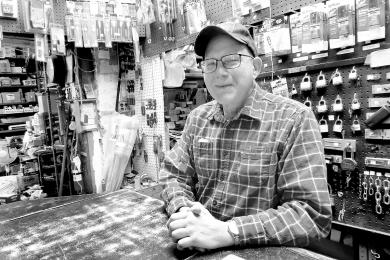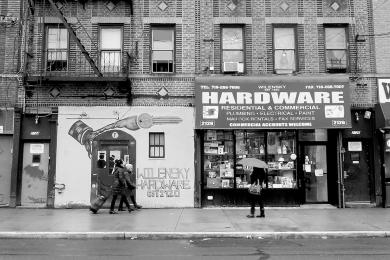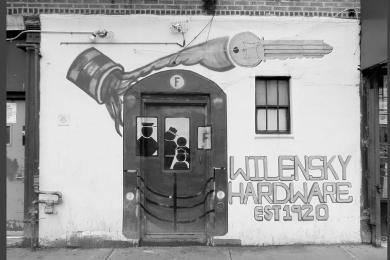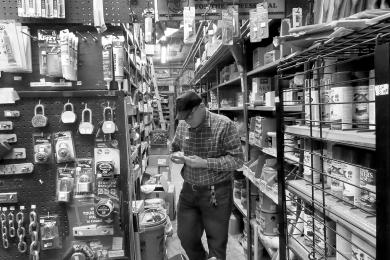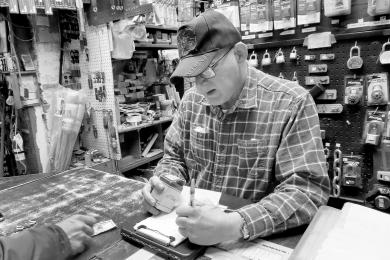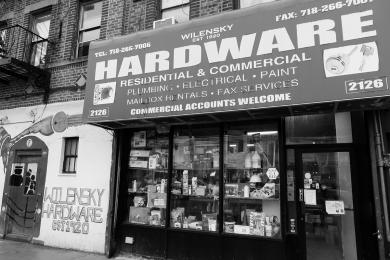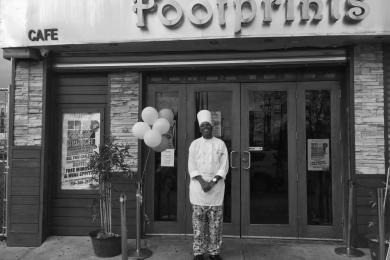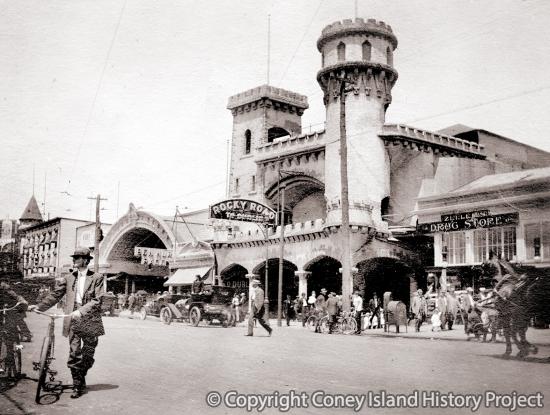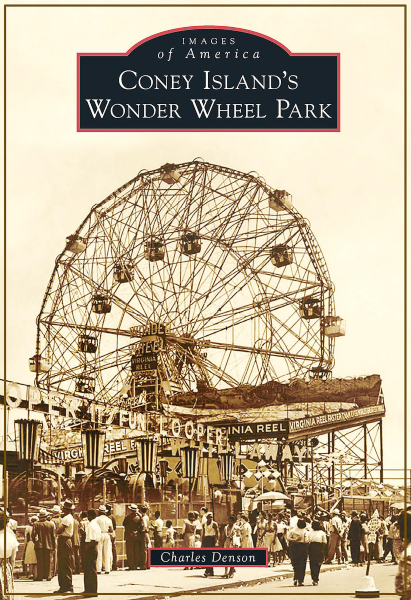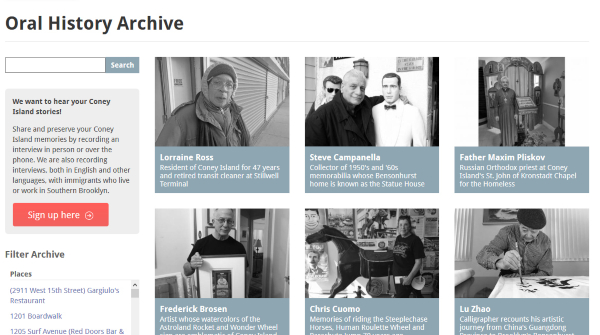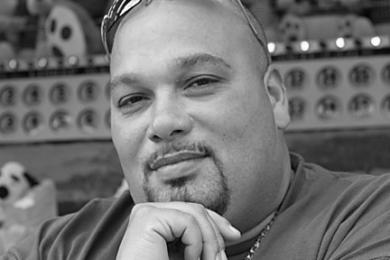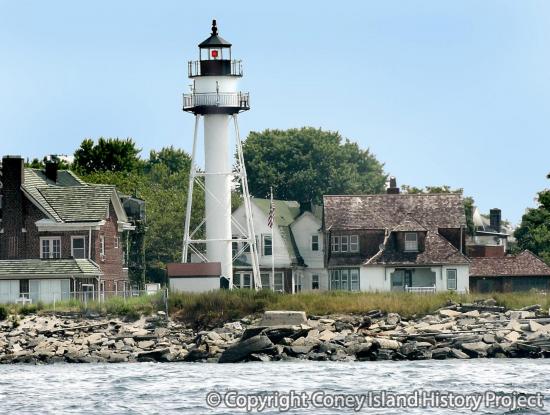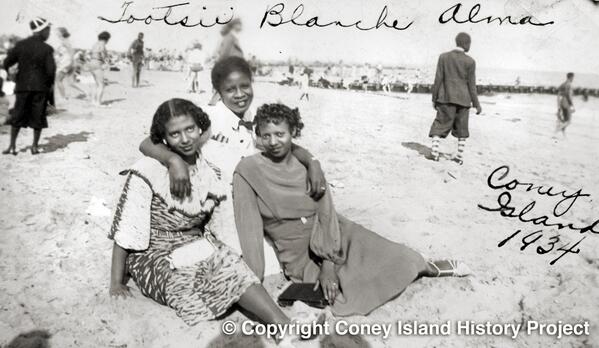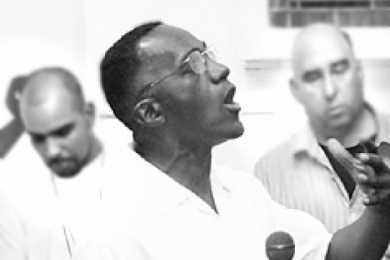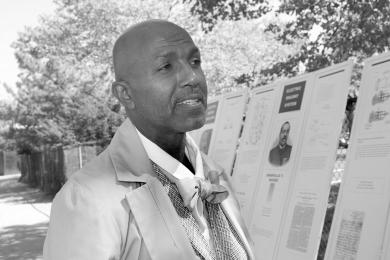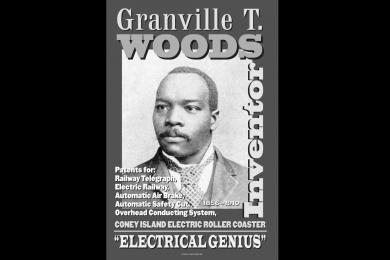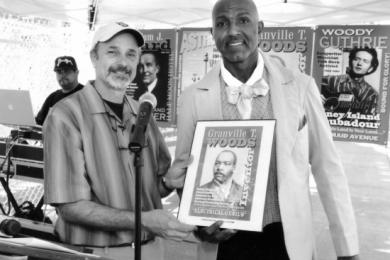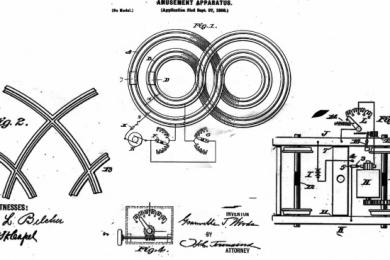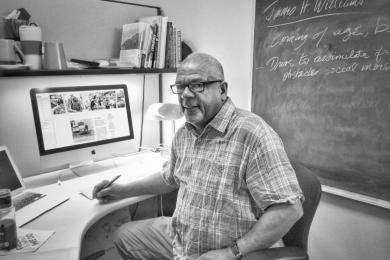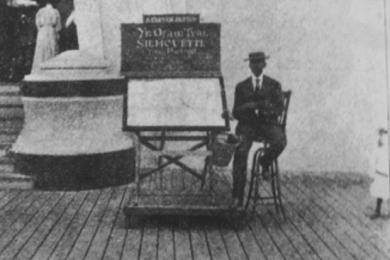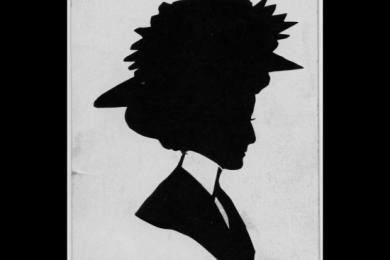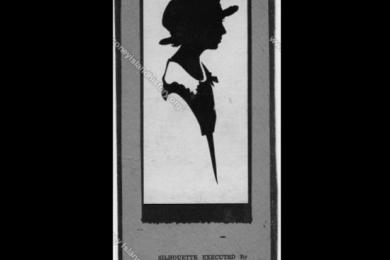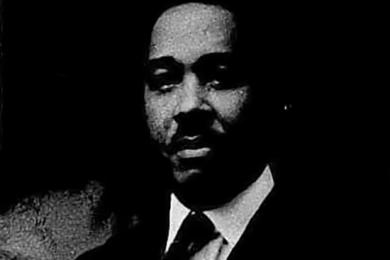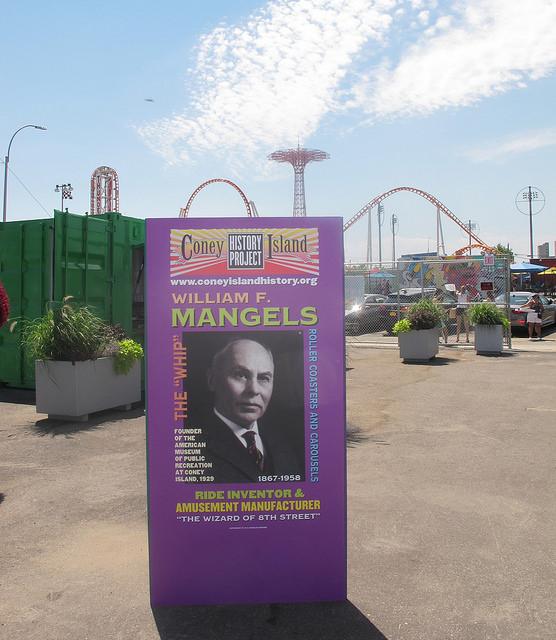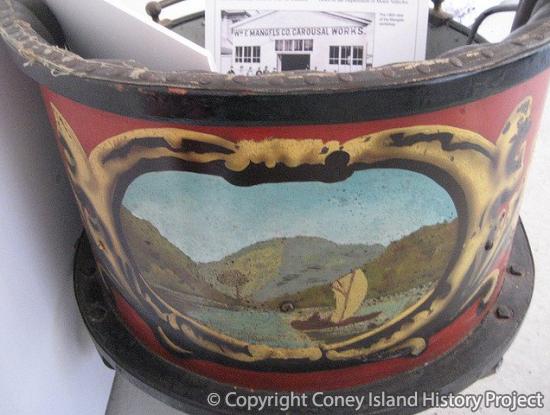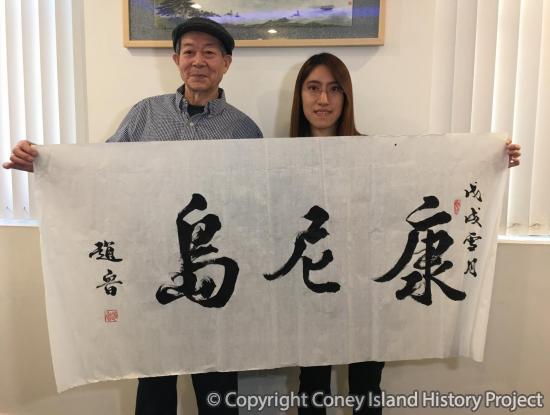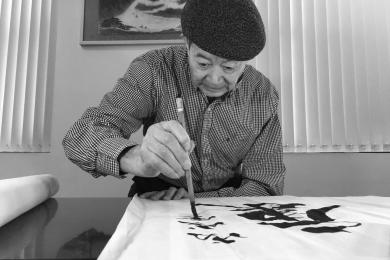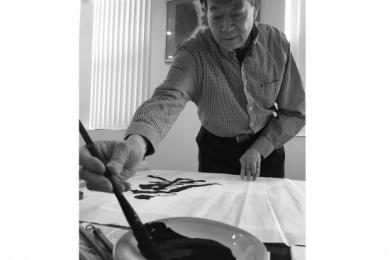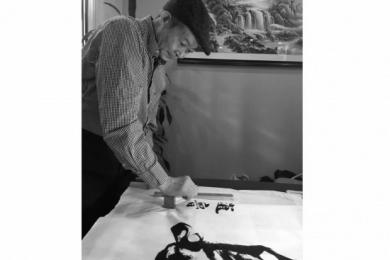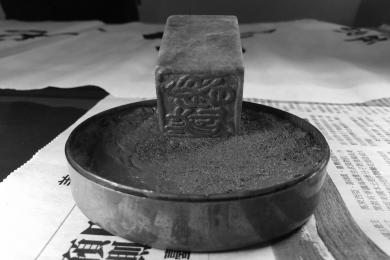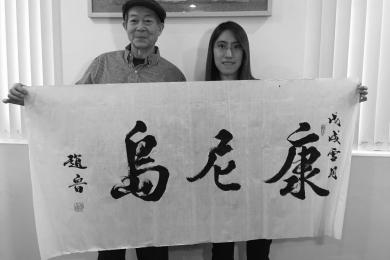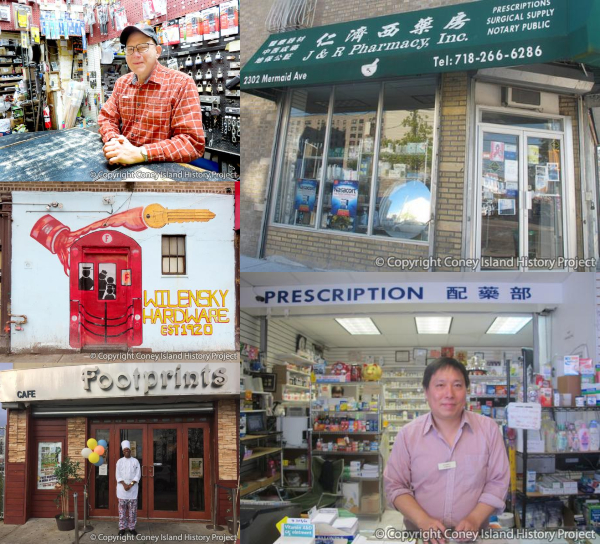
Today we thank business owners and their employees who are staying open so that we can stay at home and stay safe. Among the Coney Island History Project's online archive of oral history interviews are a pharmacist, a restaurant chef, and a hardware store owner who are providing essential services to the Coney Island community during the Covid-19 pandemic.
Along with prescriptions, pharmacist Ho Cheung Li dispenses news and advice in English, Cantonese & Mandarin at J & R Pharmacy at 2302 Mermaid Avenue. "Serving the customer is the main point of being a pharmacist," said Li in his oral history, which we recorded in 2015.
One-hundred-year-old Wilensky Hardware at 2126 Mermaid Avenue is an anchor of the community and remains open Monday through Saturday. Listen to our newly recorded oral history with Steven Feinstein, the owner of Coney Island's oldest family-owned business. Wilensky's opened in 1920 as a paint store before branching out into specialty hardware. Pick up some paint and other supplies to work on home improvement projects during the stay at home order.
Among the Coney Island restaurants which remain open for take out and delivery are Footprints Cafe at 1521 Surf Avenue, which specializes in Caribbean cuisine. Listen to our 2015 interview with Chef Basil Jones, the originator of their famed Rasta Pasta. For their temporary hours, visit Footprints website.


